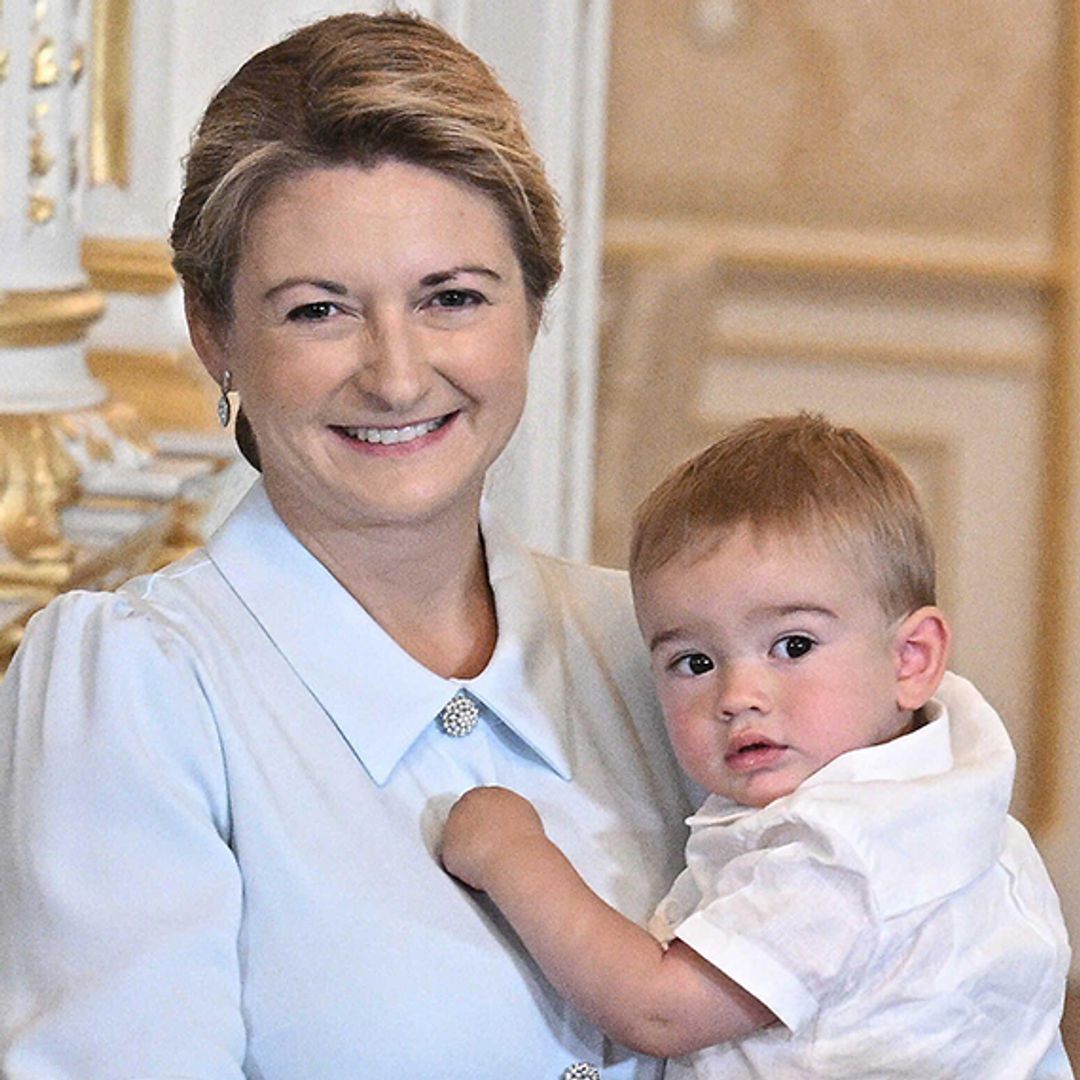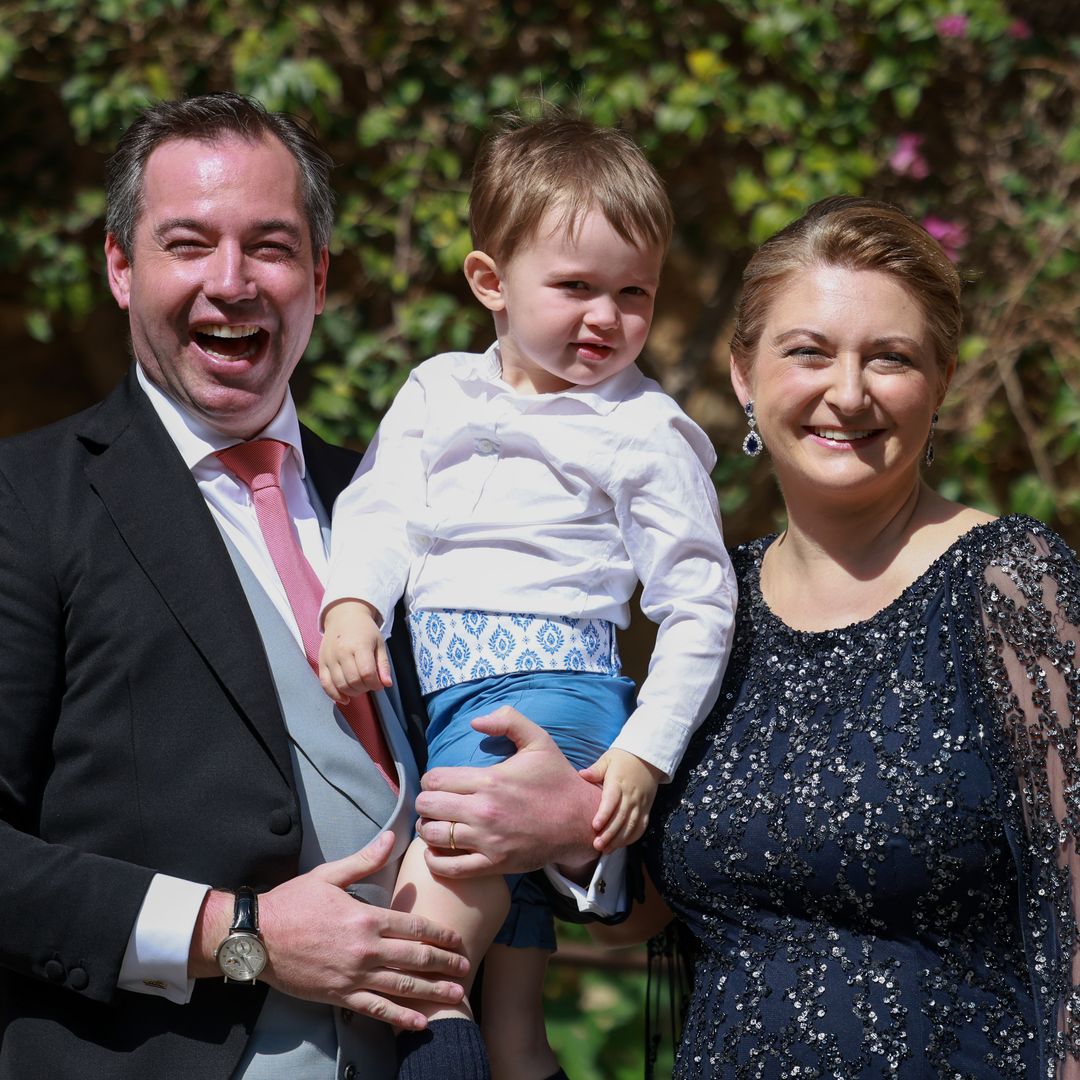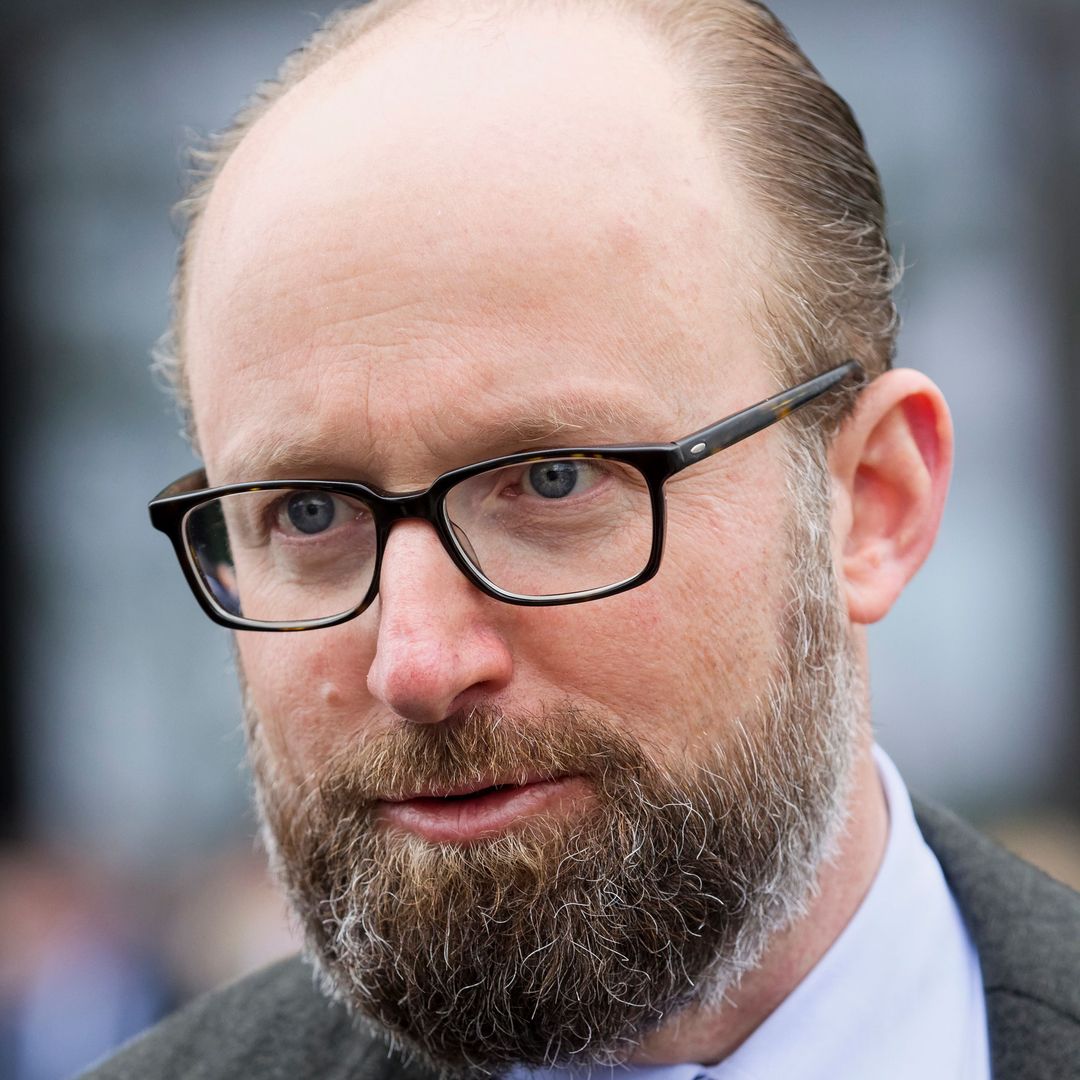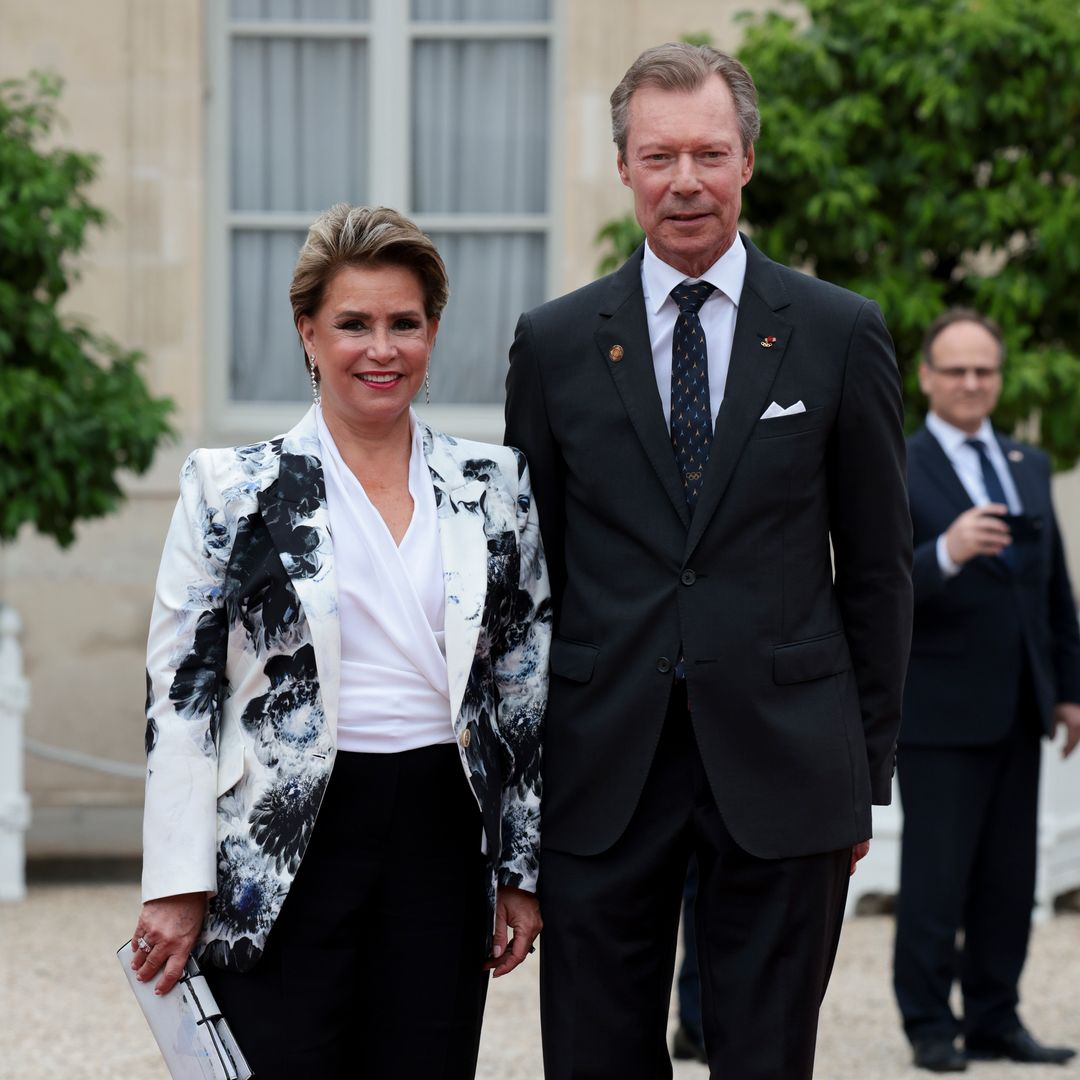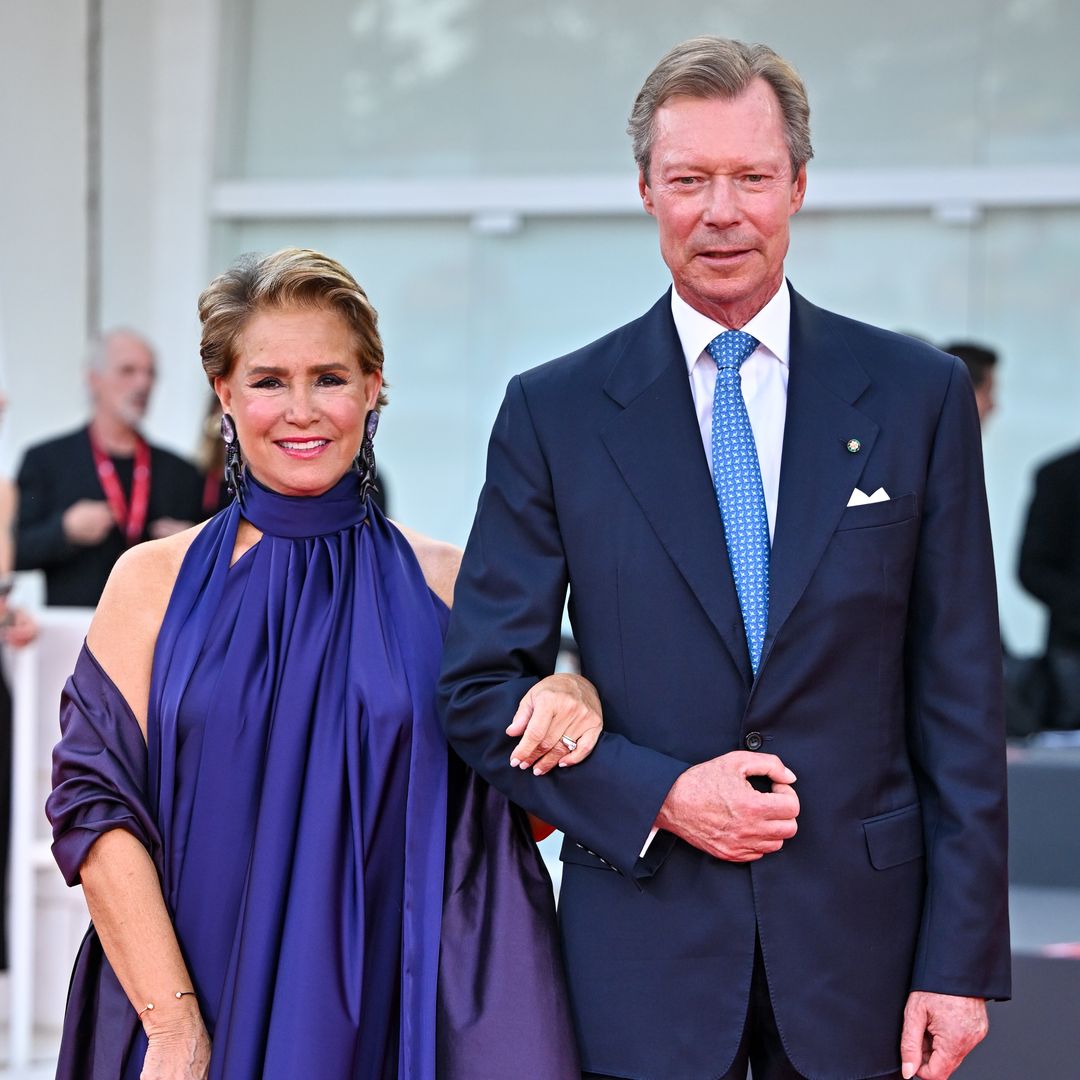After 400 years of being passed between various European nations, in 1815 Luxembourg was declared a grand duchy and gifted by the Congress of Vienna to King William I of The Netherlands. Although legally it remained independent, William treated it as conquered territory.
In 1830, Luxembourg supported its neighbour Belgium - which had also been ceded to The Netherlands - in a revolt against the Dutch. Belgium then claimed Luxembourg for its own, however, although it only managed to secure the French-speaking part of the territory.
From 1839 to 1867 the remaining Dutch part of the state - the 1,000 square miles which became present-day Luxembourg - was administered by The Netherlands. And it wasn't until 1867 that Luxembourg finally became a sovereign nation.
The current royal family was established in 1890 when, following the death of the Dutch monarch King William III without a male heir, the grand duchy passed to Adolf, Duke of Nassau. Grand Duke Adolf I ruled until 1905, during which time he strengthened the territory's autonomy and national character.
In 1914 Luxembourg was overrun by German troops and remained under occupation for the duration of the war. History would repeat itself during World War II, prompting the royal family to flee and a government-in-exile to be established in London.
Until then Luxembourg had remained neutral, but following the end of WWII it joined both NATO and the United Nations. In 1944, along with Belgium and The Netherlands, it created the Benelux Economic Union, which would later serve as a model for the European Union, of which the tiny country was a founding member.
Today Luxembourg is ruled by the sixth grand duke, Henri, who came to power on October 7, 2000, when his father, Grand Duke Jean, abdicated. And while much of the executive power lies with the prime minister - a grand duke appointee - and his cabinet, the duchy's figurehead remains a powerful and influential figure.
The official royal website can be found at https://monarchie.lu/en

